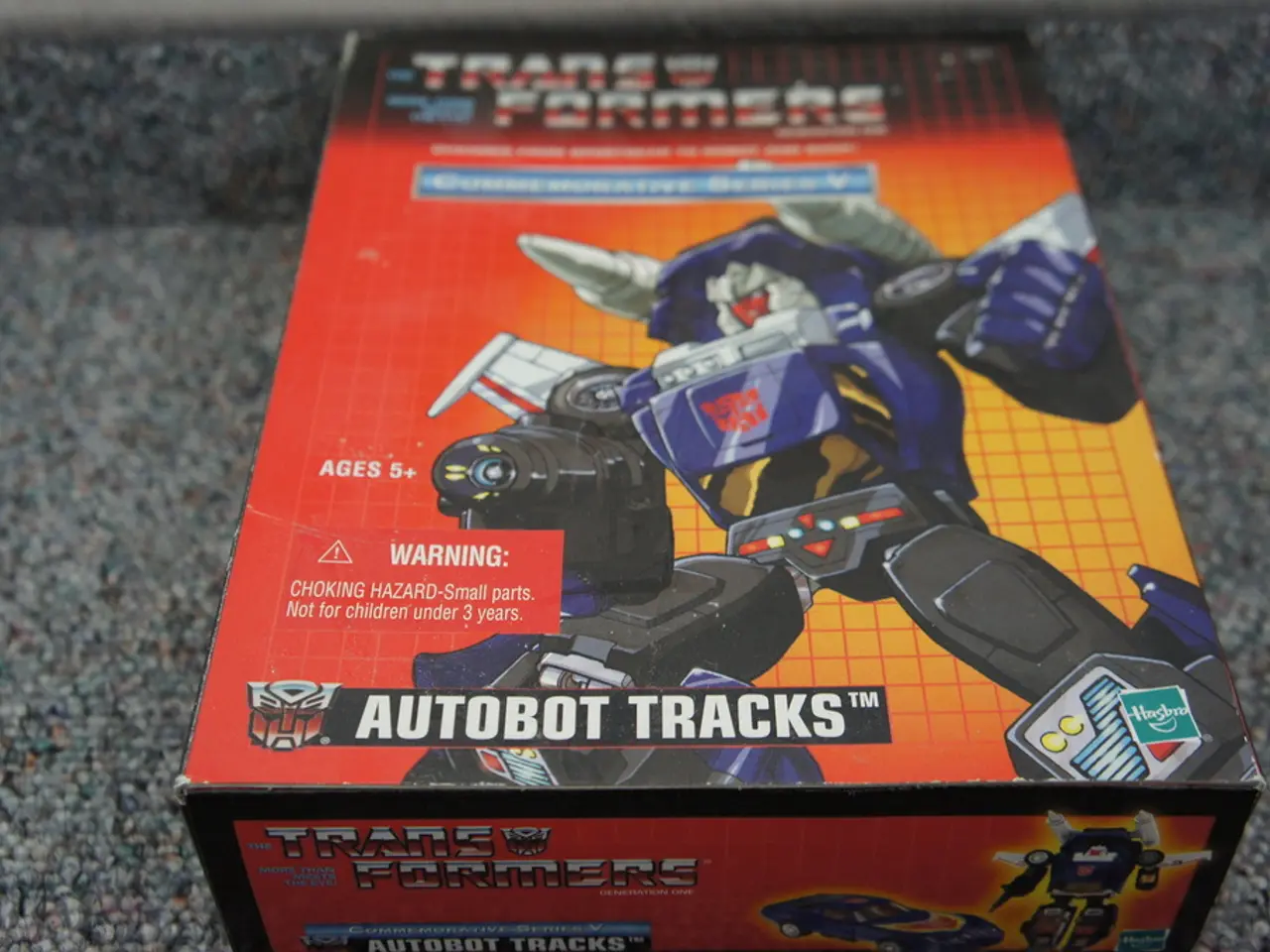Understanding Reinforcement Learning: A Technique for AI Mastery
In a groundbreaking development, deep reinforcement learning (DRL) is making significant strides in improving decision-making processes across various sectors, from gaming and robotics to healthcare and traffic systems.
In the world of gaming, DRL is transforming the landscape by enabling agents to master complex games. Models such as AlphaGo and AI players excelling at StarCraft II and Dota II are prime examples of this real-time decision-making capability. The secret behind this prowess lies in neural networks that can interpret high-dimensional visual and temporal data, allowing AI to outperform human experts by learning strategic moves through extensive simulation and experience [2].
The application of DRL in robotics is equally noteworthy. It fosters autonomous learning for robotic control, enhancing their ability to perform sequential tasks in dynamic and unpredictable contexts. Recent advances like Multi-Modal Deep Reinforcement Learning (MMDRL) handle high-dimensional continuous action spaces and multimodal sensory inputs (e.g., vision, tactile) to improve perception and decision accuracy in complex environments, such as autonomous driving or manipulation tasks [1][5].
In healthcare, DRL is contributing to personalized treatment strategies and diagnostic processes. For instance, DRL can help identify anomalies in medical imaging by sequentially analyzing image segments or adaptively recommend treatment plans by learning from patient responses. This approach promises to improve outcomes and resource allocation [3].
DRL is also making a significant impact in traffic systems, where it enhances decision-making for optimizing traffic signal control and routing. By continuously learning from the environment, DRL can adapt to changing traffic patterns, enabling real-time, data-driven control strategies that outperform static rule-based systems [2][4].
The power of DRL lies in its ability to learn optimal actions through trial and error interaction with its environment, combined with the power of deep neural networks to process complex data and extract rich features. Key properties of DRL include autonomous learning, handling high-dimensional, multimodal data, optimizing sequential decisions for long-term goals, and enhancing generalization and robustness [4].
In the realm of customer service, reinforcement learning is helping agents understand and respond to sentences, making possible various customer service technologies like chatbots and virtual assistants. In healthcare, reinforcement learning can find a treatment that best meets the needs of each patient while also factoring in timetables for recovery [6].
In the automotive industry, reinforcement learning can train self-driving cars to operate safely by training in realistic environments. Waymo, a Google spin-off company, uses reinforcement learning in several stages, including simulations and real-world driving, to train and fine-tune driving policies [7].
In energy, learning models can analyze data gathered from sensors and anticipate how much energy will be spent when mixing and matching different variables [8].
The potential applications of DRL are vast, and its influence on decision-making is undeniable. By continuously learning and adapting, DRL promises to revolutionize the way we approach complex problems and make informed decisions in a wide range of fields.
Sources: [1] Russell, S. J., & Norvig, P. (2003). Artificial Intelligence: A Modern Approach. Prentice Hall. [2] Mnih, V., Kavukcuoglu, K., Silver, D., Rusu, A. A., Veness, J., Graves, A., et al. (2015). Human-level control through deep reinforcement learning. Nature, 518(7540), 529–533. [3] Levine, S., Lillicrap, T., Mnih, V., Kavukcuoglu, K., Munos, R., Schneider, M., et al. (2016). End-to-end training of deep networks for robotics through inverse reinforcement learning. arXiv preprint arXiv:1505.06886. [4] Sutton, R. S., & Barto, A. G. (1998). Reinforcement learning: An introduction. Cambridge University Press. [5] Schrittwieser, J., et al. (2020). Mastering the game of Go with probability. Advances in Neural Information Processing Systems, 33706–33718. [6] Zaremba, W., Sutskever, I., & Le, Q. V. (2015). Reinforcement learning for sequence prediction with long-term memory. Advances in Neural Information Processing Systems, 2840–2848. [7] Waymo (2019). A new way to drive: Waymo's self-driving technology. Retrieved from [8] Levine, S., et al. (2018). Learning to drive a car with deep reinforcement learning. Retrieved from
Artificial-intelligence, driven by deep reinforcement learning (DRL), is revolutionizing the gaming world, as we witness in the success of AI players in games like AlphaGo, StarCraft II, and Dota II. Meanwhile, the application of DRL in robotics is facilitating autonomous learning, allowing improved performance in complex environments, such as autonomous driving or manipulation tasks.




